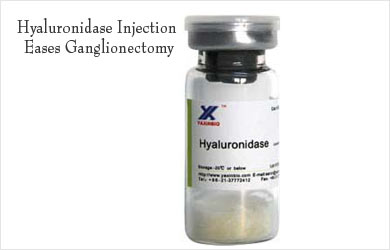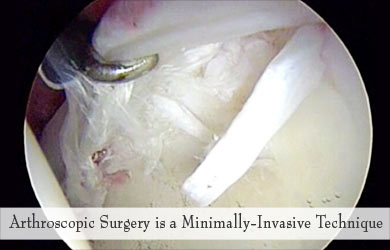What is Ganglionectomy?
Ganglionectomy is a surgical procedure to remove a ganglion cyst.
A ganglion cyst is a fluid-filled swelling that arises from a joint or a tendon. It is usually located near the wrist though it may arise from other joints as well. It is connected with a joint or tendon through a pedicle or a stalk.

This is important to note since if the pedicle is not removed during surgery, there is a good chance that the ganglion may recur.
When Should a Ganglionectomy be Done?
Not every ganglion cyst requires treatment. Several ganglion cysts may resolve on their own. Therefore, once the patient is reassured, surgery can often differ Common reasons for surgical removal of a ganglion cyst are:
- Cosmetic reasons, as per the patient’s wishes
- To remove doubt of cancer
- To relieve symptoms produced by the ganglion cyst which include pain or difficulty in movement of the joint
What are the Alternative Options of Treatment to Ganglionectomy?
Alternative treatments for ganglion cysts include the following:
- Aspiration of the ganglion cyst: Fluid from the ganglion cyst can be aspirated with a needle attached to a syringe. Following the procedure, a compression dressing is applied to the site. However, since the sac of the ganglion is left behind, it can accumulate fluid again, resulting in a recurrence of the condition. Aspiration may also be accompanied by:
- Injection of steroid into the cyst following aspiration. Though this treatment has been tried, injection of a steroid into a ganglion has not been found to be useful, and, in addition, it can cause side effects like loss of fatty tissue or skin lightening in the region of the injection.
- Aspiration of the ganglion cyst is sometimes preceded by injection of an enzyme called hyaluronidase. Hyaluronidase makes the contents of the ganglion cyst more liquid, and therefore easy to aspirate.

- Injection of a sclerosant into the ganglion. A sclerosant causes the formation of fibrous tissue and obliterates the ganglion. However, the sclerosant can spread to surrounding tissue, thereby causing damage.
- Insertion of a stitch into the ganglion, followed by a gentle massage at regular intervals to remove the contents. However, this procedure increases the chances of infection.
How is a Ganglionectomy Surgery Done?
Ganglionectomy surgery is done either under general or local anesthesia. It can be done either as an open surgery or through an arthroscope.
During an open ganglionectomy surgery, an incision is made over the ganglion and the ganglion cyst is carefully dissected out. The entire ganglion sac is removed along with its stalk and a part of the joint capsule. The skin is closed with the help of sutures and covered with a bandage.
An arthroscope is an instrument with a camera at the end that is inserted into a joint to examine it and to help to carry out surgery. The incision during the procedure is smaller and the chances of complications following surgery are less.
What are the Advantages of Arthroscopic Surgery over Open Ganglionectomy?
Arthroscopy is a minimally-invasive procedure and therefore has several advantages over open surgery when used in the excision of a ganglion cyst. These include:
- It results in a smaller skin scar
- It allows examination of the adjacent joint
- It reduces complications during and after surgery

What is the Post-operative Care Required Following Ganglionectomy?
Following ganglionectomy, the wrist may be splinted for around 3 to 5 days. Prolonged splinting should be avoided to prevent stiffness. Painkillers may be prescribed to reduce any pain. The patient has to come back to the hospital for wound care and skin sutures removal.
What are the Possible Complications of Ganglionectomy Surgery?
Possible complications of ganglionectomy surgery include the following:
- Infection if proper aseptic precautions are not followed
- Trauma to surrounding structures like arteries or nerves. Damage to a ligament of the joint may cause instability of the joint
- Recurrence of the ganglion
- Scar formation on the skin, which is usually larger with open surgery than arthroscopic surgery
- Stiffness of the joint
- Pain in the joint

- Complications associated with anesthesia, especially if general anesthesia is used







